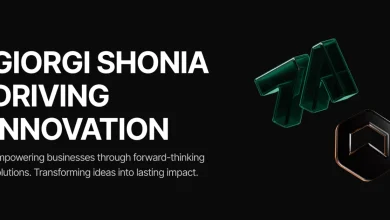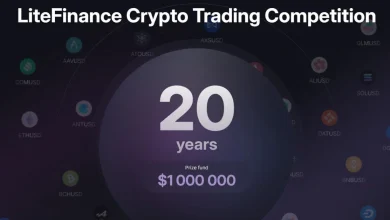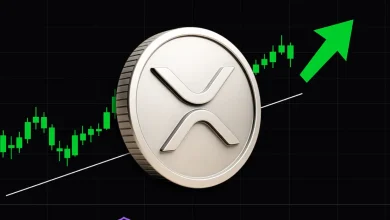A recent paper by a senior economist at the Chicago Federal Reserve found that cryptocurrency returns (log prices) and volatilities (risk) are highly linked. This, according to the author, implies a greater risk of price shocks in the crypto markets.
But there is an asterisk.
The Fed economist author, Filippo Ferroni, studied just 19 cryptocurrencies, and most of the data he analyzed fell into a short window between Jan 1, 2018, and May 10, 2021. For context, there are now an estimated 18,000 cryptocurrencies, and the Bitcoin network has been live since 2009.
In any event, Ferroni concludes that constructing a diversified portfolio (in which different cryptocurrencies are mixed to reduce portfolio volatility) would be “very difficult” to create. Some financial professionals, however, disagree.
Dan Hoover, chief operating officer of California-based Castle Funds, agrees that while there is a degree of interconnectedness in the crypto marketplace, especially those trading on major blockchain platforms like Bitcoin and Ethereum, some level of this interconnectedness should be attributed to the siloed nature of crypto markets. “For example,” Hoover says, “if an investor holds an asset tracked on the Ethereum blockchain, that investor will prefer alternative assets tracked on the same blockchain over assets tracked on a different blockchain. This theory is supported by the author’s own finding that XRP (Ripple) and Binance Coin did not show similar levels of connectedness to the other coins.”
Hoover further points out that Ferroni’s research ended before several major changes took place in the crypto markets. These changes include the rapid adoption of decentralized finance (“DeFi”) applications in the summer of 2021, the growth of stablecoins such as USDC — which are backed by the U.S. dollar — as well as the growth in exchange-traded funds (ETFs) and over-the-counter derivatives based on crypto. Hoover says that both ETFs and derivative products can provide more capital-efficient risk-management tools than buying crypto directly.
One big reason is that “naked” crypto buyers must store the tokens themselves or on an exchange, where the risks of a so-called “hot wallet” or cryptocurrency exchange being hacked both loom large. At a Miami conference last weekend, a number of prominent crypto advocates blamed such risks for slowing the mainstream adoption of cryptocurrencies. At the same time, they said, the government has been too slow to approve ETFs.
ETF star and ARK Invest Founder Cathie Wood, for example, predicted that Bitcoin could hit $1 million per token once the regulatory environment improves. A number of crypto ETFs have applied to the SEC for approval, though only ETFs holding crypto derivatives or stocks with crypto exposure have been approved so far. In other words, there is no way for an investor to buy a “pure” crypto play on a registered exchange.
According to Hoover, there are even more fundamental issues still to be resolved.
“We believe that continued innovation in reducing the structural inefficiencies between blockchain technologies, as well as those between digital and traditional asset markets, will help generate some independence between the returns of individual digital assets over time,” he says. “Ultimately, we believe that exposure to the digital asset class, whether or not diversified in the traditional sense, can act as a powerful diversifier in a traditional stock-and-bond portfolio,” he added.
How this will increase acceptance of crypto has yet to be determined. Some investors appear to want “gas” charges low and consistent enough to make paying for everyday goods in crypto feasible, while others have expressed concerns about the environmental impact of token mining. Meanwhile, new innovations like non-fungible tokens (NFTs) and decentralized autonomous organizations (DAOs) have forged ahead, creating a more diverse crypto landscape and luring digital asset collectors as well as investors.
As far as constructing that diversified, low volatility crypto portfolio goes, Thomas Paine may prove a more reliable forecaster than the Chicago Fed. As Paine famously mused in his pamphlet Common Sense, “Time makes more converts than reason.”
Disclaimer and Risk Warning
The guest posts featured on Coinpedia are contributed by external authors and reflect their personal opinions and viewpoints. Coinpedia does not endorse, verify, or take responsibility for the accuracy, legality, or reliability of the content, advice, or opinions expressed in these guest posts. Including guest posts does not imply Coinpedia's approval of the content or the author’s views. Readers are encouraged to independently evaluate the information and seek professional advice if necessary before acting on any information provided in the guest posts.







